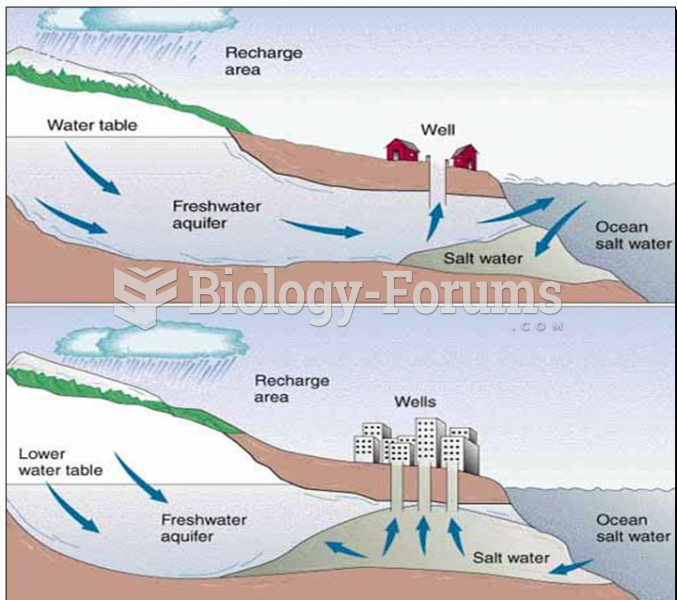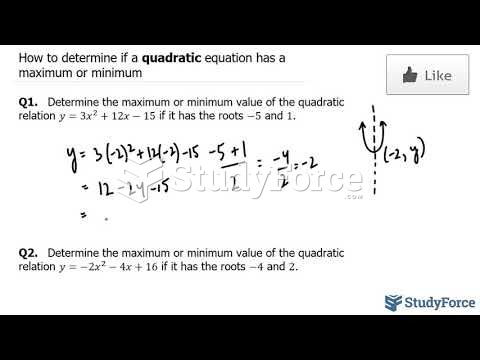|
|
|
Did you know?
It is widely believed that giving a daily oral dose of aspirin to heart attack patients improves their chances of survival because the aspirin blocks the formation of new blood clots.
Did you know?
Approximately 500,000 babies are born each year in the United States to teenage mothers.
Did you know?
There are 60,000 miles of blood vessels in every adult human.
Did you know?
By definition, when a medication is administered intravenously, its bioavailability is 100%.
Did you know?
According to research, pregnant women tend to eat more if carrying a baby boy. Male fetuses may secrete a chemical that stimulates their mothers to step up her energy intake.







